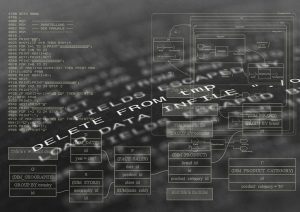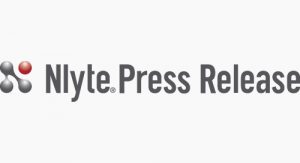Nlyte Software appears to be creating a new IT market segment with—oh, boy—its very own new acronym.
The San Mateo, Calif.-based company has introduced what it calls the first data center service management (DCSM) package that combines a familiar acronym, DCIM (data center infrastructure management), new workflow capabilities and a turnkey integration into conventional IT service management (ITSM) solutions.
What Nlyte does is fill in the gaps between stand-alone ITSM systems and physical data center workflows with its new DCSM automation, so that they all can be managed centrally.
Nlyte’s first three packages, which became available July 21, are engineered specifically for three of the industry’s most well-known management systems: Nlyte for BMC, Nlyte for Hewlett-Packard and Nlyte for ServiceNow. These enable enterprises to maintain accurate, up-to-the minute information about their IT and data center assets, streamline processes and improve the measurement of data center operations. Service level agreements (SLAs) ostensibly become airtight.
Manages Whole Data Center—Physical and Virtual
“With this, you’re going from just managing infrastructure to helping a company effectively deliver a service,” Chief Marketing Officer Mark Gaydos told eWEEK.
Nlyte thus becomes the first entrant into a whole new IT market, as noted above. This shouldn’t be surprising, however; the company was one of the first in the business to add advanced analytics to its DCIM solution way back in 2010. Now, it seems, data analytics are inside everything.
Nlyte is all about efficiencies: mapping, recording and reconnecting all the daily changes that happen within a data center—the newest of which are becoming more agile and changeable all the time, with new hardware and software constantly moving in and out. It’s difficult to maintain up-to-date control of these changes with conventional tools.
“What we’ve built is a connection framework that slides Nlyte into these ITSM systems, which enables us to read in and automate the critical infrastructure asset relationship to the DCIM, so that Nlyte automatically creates a capacity block or device that can be moved to manage inside the environment,” Rob Neave, Nlyte CTO and co-founder, told eWEEK. “When that movement management happens, we can pass all of the locational changes straight back into the ITSM system.”
ITSM Has Been a Blind Spot
ITSM has been a blind spot for a while, Neave said. DCSM not only bridges the divide between DCIM and ITSM, but it gives enterprises control and visibility of data center processes—not just from the data center perspective, but more importantly, from the purview of IT, Neave said.
The Nlyte for ITSM DCSM packages are built on the Nlyte 7 flagship DCIM solution and come with workflow functionality and prebuilt connectors for the configuration management database (CMDB) and change management solutions of BMC, HP and ServiceNow.
The company already has some use cases of DCSM in the real world.
“The tight integration between Nlyte and our BMC tool suite will provide us with a holistic view of our assets and further support our ITSM process improvement initiatives. These include asset lifecycle and configuration management, service catalog, and change and incident management, to name a few,” Brian Desberg, director of Enterprise Data Center Operations at Sutter Health, told eWEEK.
“The next big step in the evolution and deployment of ITSM and DCIM is for them to be tied closely together, with DCIM integrated as a component of, or complement to, ITSM. This is becoming especially important for companies with data centers, where efficient, proactive and reliable services are critical,” said Andy Lawrence, vice president of Research, Data Center Technology at 451 Research.
“When you combine these systems, you create end-to-end DCSM, which is the end game for companies looking to optimize their data centers and build an efficient and reliable foundation for service delivery.”
By Chris Preimesberger for eWeek




